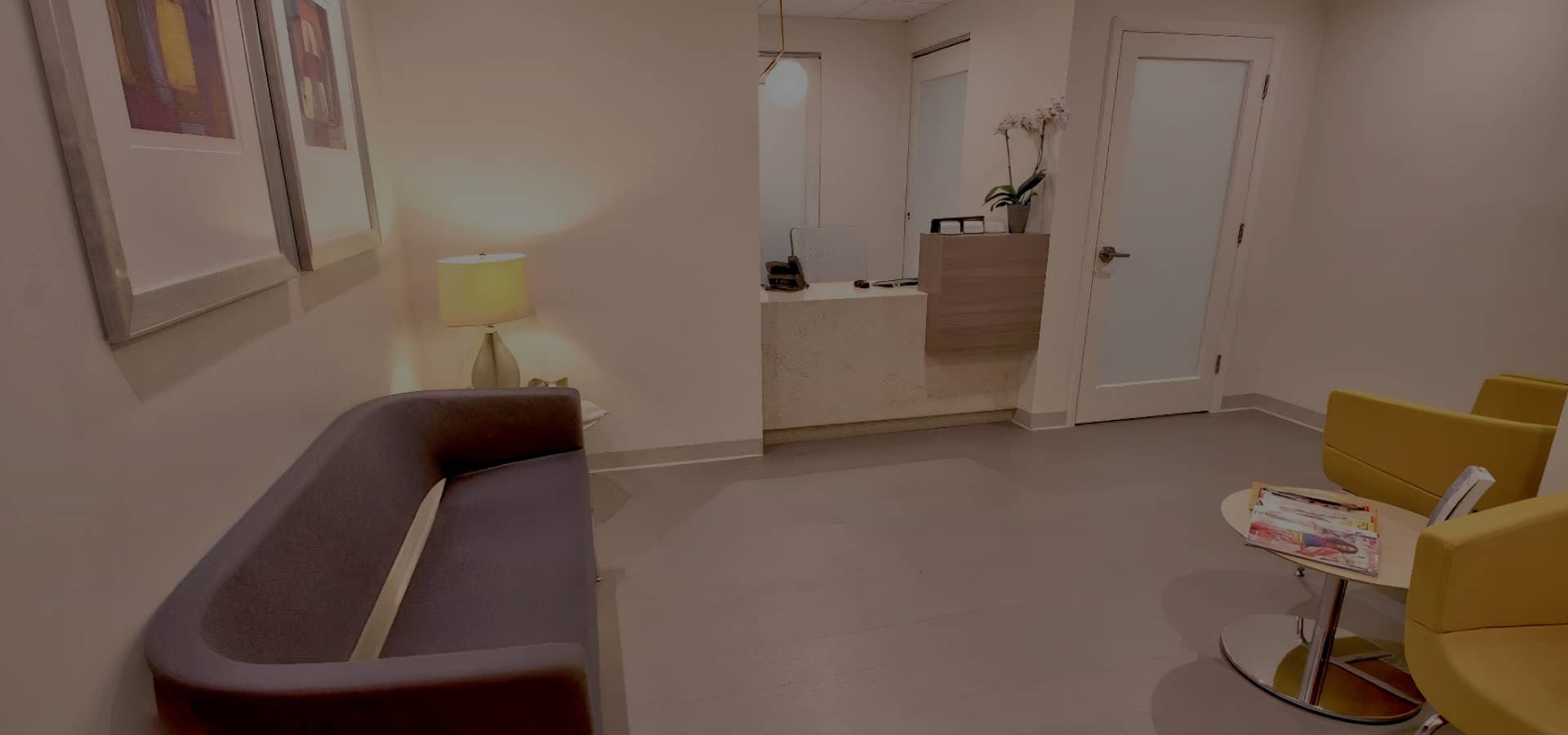Hair loss can affect your confidence, appearance, and even your sense of identity. But fortunately, thanks to recent medical advancements, you have more hair restoration options than ever before. Whether you’re looking for a long-term surgical treatment or a less invasive medical therapy, the best approach depends on your hair loss type, lifestyle, and goals.
At Facial Plastic Surgery Miami, Dr. Anthony Bared, a renowned expert in surgical and non-surgical hair restoration, offers a comprehensive range of treatments for men and women. From follicular unit extraction (FUE) to PRP and laser therapy, this guide explores the best options to help you make an informed decision about restoring your hair.
Surgical Options for Hair Restoration
Surgical hair restoration remains the gold standard for long-lasting, natural-looking results. These outpatient procedures involve transplanting your own hair from areas of dense growth (typically the back or sides of the scalp) to areas experiencing thinning or balding. Dr. Bared uses advanced techniques that minimize scarring while delivering exceptional outcomes.
Follicular Unit Extraction (FUE)
FUE is one of the most advanced hair transplant methods available. It involves individually extracting follicular units from the donor area using a tiny handheld device, eliminating the need for a linear incision. These follicular units are then implanted into thinning or bald areas with artistic precision. Because there is no visible scarring, FUE is ideal for those who prefer short hairstyles and want a discreet, natural-looking solution with minimal recovery time.
No-Shave FUE
No-shave FUE is a specialized variation of the FUE technique for patients who prefer not to shave their donor area. Instead, Dr. Bared skillfully extracts grafts by creating “tunnels” within existing long hair, preserving the appearance of a full head of hair during recovery. This method allows you to return to work and social activities more quickly and discreetly, while still benefiting from the precision and natural results of traditional FUE.
Follicular Unit Grafting (FUG or FUT)
FUG, also known as follicular unit transplantation (FUT) or the strip method, involves removing a thin section of scalp from the back of the head to harvest large numbers of grafts at once. The harvested tissue is then microscopically dissected into follicular units for transplantation. This approach is ideal for patients requiring a high graft count or those with longer hairstyles, as the small linear scar can be easily concealed.
Surgical Hairline Advancement
Surgical hairline advancement is a targeted procedure used to lower the position of the natural hairline, commonly requested by women or individuals with a high forehead. During this surgery, Dr. Bared carefully moves the hair-bearing scalp forward and secures it in a more aesthetically pleasing position. This creates a more proportionate facial balance and a youthful appearance. The procedure is often combined with brow lift or facial rejuvenation surgery.
Non-Surgical Options for Hair Restoration
Not everyone is ready or eligible for surgery. Fortunately, several non-surgical therapies can slow down hair loss, stimulate growth, and improve hair thickness. These are ideal for early-stage hair loss, post-surgical maintenance, or patients seeking less invasive alternatives.
Low-Level Laser Therapy (LLLT)
LLLT uses gentle laser light to stimulate circulation in the scalp and energize hair follicles. FDA-cleared devices, such as LaserCap, are worn like a cap and can be used at home. While not a cure for baldness, this therapy is effective at slowing shedding and maintaining hair density. Dr. Bared often recommends it as part of a comprehensive hair restoration plan.
Platelet-rich Plasma (PRP) and Growth Factors
PRP therapy harnesses the healing power of your own blood. After drawing a small sample, platelets rich in growth factors are separated and injected into thinning areas of your scalp. This stimulates natural hair growth and prolongs the hair’s growth cycle. Growth factors can also be combined with surgical procedures to accelerate healing and improve outcomes.
Prescription Medications
FDA-approved drugs like minoxidil (Rogaine) and finasteride (Propecia) can be effective in slowing the progression of hair loss. Minoxidil is applied topically and increases blood flow to the hair follicles. Finasteride is taken orally and works by blocking DHT, a hormone linked to hair loss. However, some patients experience side effects or prefer not to take daily medications.
What’s the Best Hair Restoration Option for Me?
The ideal treatment depends on several factors, such as your age, gender, the extent and cause of your hair loss, and your expectations. For some, a one-time surgical procedure may offer the most dramatic transformation. For others, a non-invasive therapy may be more appropriate for maintenance or prevention. And some may benefit from a combination of the two.
During your consultation, Dr. Bared will perform a comprehensive evaluation, including a scalp examination and review of your medical history. He’ll explain your options and recommend a treatment plan that ensures effectiveness and natural results. Schedule your consultation with Dr. Bared to explore the best options for hair restoration for you.

